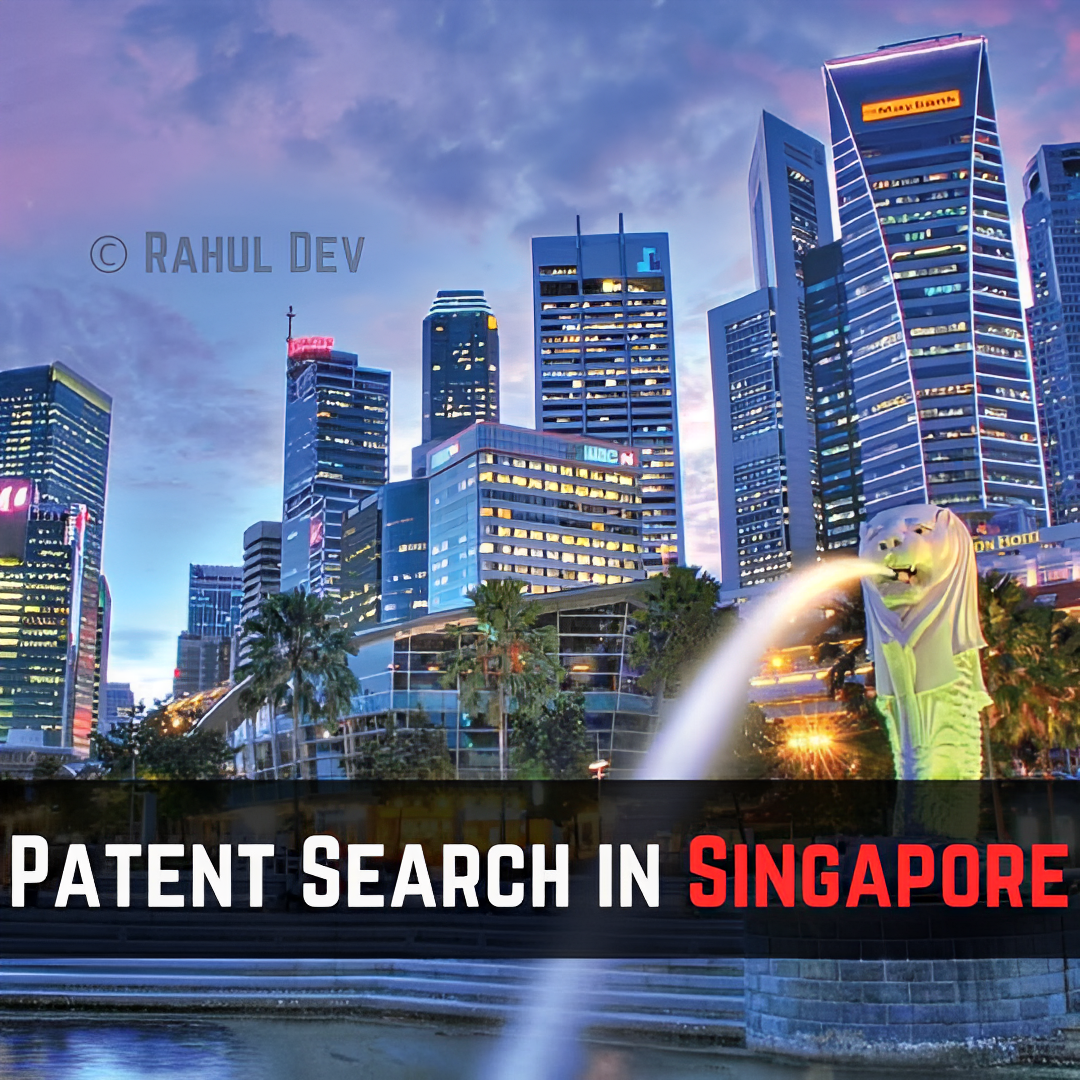
Patent search Vietnam
Vietnam, a rapidly developing nation with a vibrant culture and an expanding innovation ecosystem, has been progressively building a robust framework for patent and trademark protection. Understanding the intricacies of patent protection in Vietnam is crucial for businesses and inventors seeking to secure their valuable assets in this emerging market. This article will take you on an enthralling journey through the complexities of conducting a patent search in Vietnam, exploring the latest developments in the legal landscape, IP policy, and strategies for success. With engaging storytelling and a captivating narrative, we will provide you with the insights and tools needed to navigate the nuances of patent protection in the Land of the Ascending Dragon.
Click Here for AI Startup Valuation Guide.
Recent Development
The National Office of Intellectual Property of Vietnam (NOIP) has been actively working towards enhancing its patent and trademark framework, fostering a more efficient and transparent IP ecosystem. A significant recent development is Vietnam’s integration into the ASEAN Patent Examination Co-operation (ASPEC) program, which facilitates the sharing of search and examination results among participating ASEAN member states. This development signifies Vietnam’s commitment to regional collaboration and streamlining the patent examination process, further consolidating its position in the global IP landscape.
Click Here for AI Startup Valuation Guide.
Vietnam patent office database
The Vietnam Patent Office, officially known as the National Office of Intellectual Property of Vietnam (NOIP), maintains a comprehensive online patent database that provides access to various intellectual property information. This patent database allows users to search for and retrieve details regarding patents, utility solutions, industrial designs, trademarks, and geographical indications.
To access the Vietnam Patent Office database, you can visit the official website of the NOIP at “http://www.noip.gov.vn/“. Once on the website, look for a section or tab related to “Intellectual Property Search” or “Database Search.” The wording may vary, but the objective is to provide access to the database for users to conduct searches.
Click Here for AI Startup Valuation Guide.
Types of patent searches in Vietnam
Though not specified in-laws, there are essentially various types of patent searches in Vietnam (search by priority number, patent status search, search by international application number, search by keyword, patent clearance search/FTO search, search by applicants/patentees, etc.):
Freedom to operate
Freedom to operate is the ability to promote one’s goods or services without violating another’s patent rights. Patents allow you to restrict the use of your technology. Before launching your product, undertake a freedom-to-operate search, even if your patent precludes others from breaking it. If your product uses another invention—a technique, technology, or material composition—its marketability is in doubt. You risk breaching intellectual property, which has consequences.
Patent Invalidity Search
Patent Validity Searches, also known as Invalidity Searches, identify references that may dispute the Vietnam patent office’s claims.
These searches’ names depending on their purpose. Before claiming, licensing, buying, or selling a patent, holders or purchasers undertake validity searches to ensure claim enforceability. These searches can help determine a patent’s validity. This can help one negotiate more confidently.
State-of-the-Art Search
A comprehensive State of the Art patent search is performed across a wide range of patent searches to obtain a holistic understanding of a specific field of patents. It offers a significant market advantage over an extended period by facilitating strategic decision-making at the corporate level.
Click Here for AI Startup Valuation Guide.
The Patent Search Process
Conducting a patent search in Vietnam requires a thorough understanding of the country’s unique legal framework and the effective use of its patent databases. The NOIP provides online access to its comprehensive patent databases, which include patents, industrial designs, and trademarks. However, navigating these patent databases and interpreting the search results can be challenging for those unfamiliar with the Vietnamese IP landscape and the relevant legal provisions.
To tackle these challenges, it is crucial to engage the services of a local patent attorney or a professional patent search firm with in-depth knowledge of the Vietnamese IP system. These experts can guide you through the process, ensuring that your search is thorough and tailored to your specific requirements.
Click Here for AI Startup Valuation Guide.
Vietnam patent by number search
Conducting a Vietnam patent number search can be done through the official website of the National Office of Intellectual Property of Vietnam (NOIP). By accessing the NOIP website, users can navigate to the patent search section, which allows them to enter the desired patent number. Once the patent number is entered, initiating the search will retrieve relevant information associated with that particular patent. The search results typically include details such as the patent title, inventors, filing date, publication date, and any available documentation. It is important to note that the NOIP website may have undergone changes, so it is recommended to visit the website directly for the most accurate and up-to-date information. In case of any difficulties, it is advisable to reach out to the National Office of Intellectual Property of Vietnam for further assistance.
Click Here for AI Startup Valuation Guide.
A Successful IP Strategy in Vietnam
Developing a successful IP strategy in Vietnam requires a deep understanding of the local market, regulations, and enforcement mechanisms. This includes staying informed about the latest legal developments, such as Vietnam’s integration into the ASPEC program. Furthermore, building strong relationships with local partners and leveraging their expertise can be invaluable in navigating the complex Vietnamese IP landscape.
Click Here for AI Startup Valuation Guide.
In Conclusion,
Patent search in Vietnam presents a unique set of opportunities and challenges for patent and trademark attorneys. By staying up-to-date on the latest legal developments and adopting a strategic approach, you can effectively navigate the complexities of Vietnamese intellectual property protection, securing your valuable assets in this dynamic and growing market. With an engaging narrative and expert insights, this article equips you with the knowledge and tools necessary for success in the realm of Vietnamese patents and trademarks.
Click Here for AI Startup Valuation Guide.
Our team of advanced patent attorneys assists clients with patent searches, drafting patent applications, and patent (intellectual property) agreements, including licensing and non-disclosure agreements.
Advocate Rahul Dev is a Patent Attorney & International Business Lawyer practicing Technology, Intellectual Property & Corporate Laws. He is reachable at rd (at) patentbusinesslawyer (dot) com & @rdpatentlawyer on Twitter.
Quoted in and contributed to 50+ national & international publications (Bloomberg, FirstPost, SwissInfo, Outlook Money, Yahoo News, Times of India, Economic Times, Business Standard, Quartz, Global Legal Post, International Bar Association, LawAsia, BioSpectrum Asia, Digital News Asia, e27, Leaders Speak, Entrepreneur India, VCCircle, AutoTech).
Regularly invited to speak at international & national platforms (conferences, TV channels, seminars, corporate trainings, government workshops) on technology, patents, business strategy, legal developments, leadership & management.
Working closely with patent attorneys along with international law firms with significant experience with lawyers in Asia Pacific providing services to clients in US and Europe. Flagship services include international patent and trademark filings, patent services in India and global patent consulting services.
Global Blockchain Lawyers (www.GlobalBlockchainLawyers.com) is a digital platform to discuss legal issues, latest technology and legal developments, and applicable laws in the dynamic field of Digital Currency, Blockchain, Bitcoin, Cryptocurrency and raising capital through the sale of tokens or coins (ICO or Initial Coin Offerings).
Blockchain ecosystem in India is evolving at a rapid pace and a proactive legal approach is required by blockchain lawyers in India to understand the complex nature of applicable laws and regulations.


















